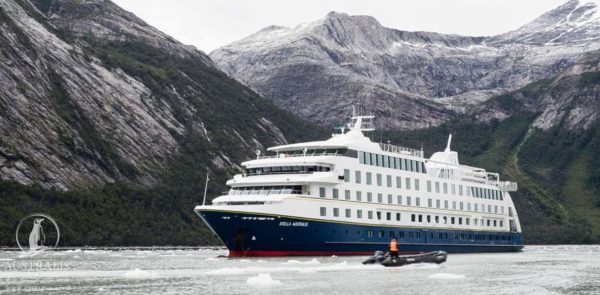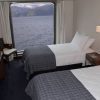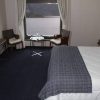Description
Our cruise to Patagonia follow the fjords of the southern edge of Tierra del Fuego highlights the stunning, natural beauty of Patagonia and several of its most important historical sites. This four-day journey includes visits to wildlife rich Ainsworth Bay, massive Pia Glacier and Glacier Alley, as well as mystical Wulaia Bay and the legendary Cape Horn.
Trip Name
Fjords Of Tierra Del Fuego (Stella Australis)
Days
5
Overview
Vessel Type: Luxury Small Ship
Length: 89 metres
Passenger Capacity: 210
Built: 2010
The Stella Australis offers tourists a relaxed stay, while providing breathtaking sights from the decks. Indulge in first class Chile travel onboard the Stella Australis. When you book our Patagonia cruise tours you have to opportunity to relax on a spacious cruise ship to Patagonia, with a beautiful atmosphere, and fine dining. Before you embark on your Patagonia adventure enjoy the comfort of cabins that provide you with incredible ocean views and lavish decor. Wine and dine, mix and mingle, and enjoy our fabulous entertainment on your Patagonia vacation.















